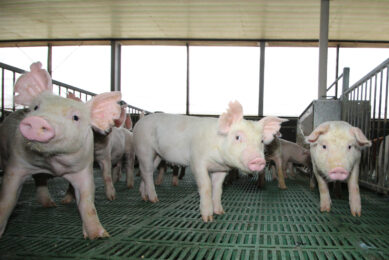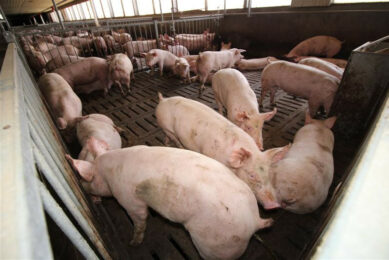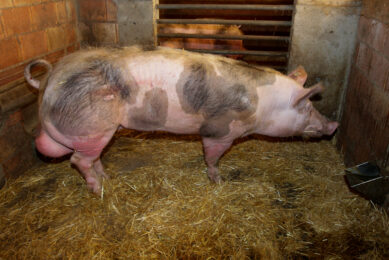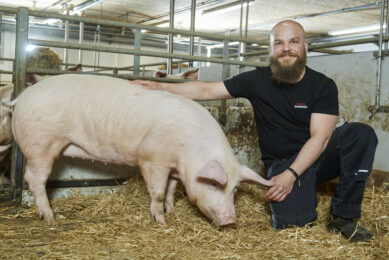Philippines: Diagnosing culling reasons to improve pig breeding
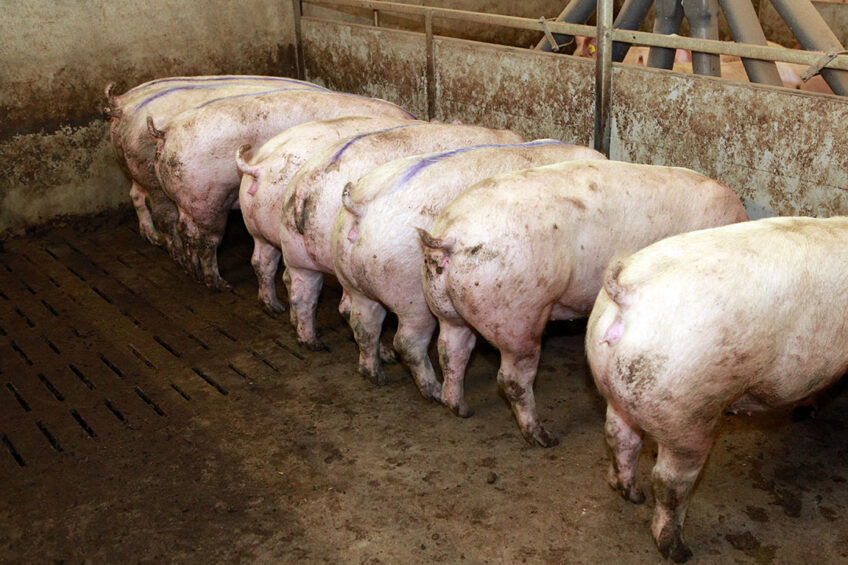
The reasons for sow culling are mostly to improve the production efficiency of commercial herds. The reasons for the removal of purebred sows and their lifetime efficiency in local nucleus breeding farms are not well-documented in the Philippines.
In this regard, scientists from the University of the Philippines and the International Farms Corporation analysed the distribution of culling type (planned vs. unplanned) and culling reasons for Landrace and Large White sows in a local nucleus breeding farm. The study also aimed to determine the longevity and lifetime efficiency of culled sows in relation to different culling types and culling reasons.
Avoiding unplanned sow culling
The scientists obtained culling data and lifetime records from 791 purebred sows (466 Landrace and 325 Large White). These sows were culled between 2017 and 2019 at the International Farm Corporation (INFARMCO) swine breeding farm in the Laguna province. Amid efforts to repopulate the country’s pig herd, scientists think information about sow removal could be useful for developing management strategies to avoid unplanned culling in purebred sows and extend their productive life.
Sow culling reasons in the Philippines
The scientists found a considerable amount of unplanned culling (84%) compared to planned culling (16%). The common reasons for unplanned sow removal were reproductive failures (26.2%) and health disorders (23.4%). Other reasons were physical defects (15.3%), leg/foot problems (10.8%), and mortality (8.5%).
The reasons for planned culling were old age (11.4 %) and poor farrowing performance (4.6 %). The proportion of culled sows showed a general decrease up to parity 4. The scientists only oberserved culling due to old age from parity 6 onwards. For both breeds and across all the parities and culling reasons, reproductive failures had the highest proportion (26 %) of culling, with the lowest proportion (5 %) in ‘poor farrowing performance’ culling reason. While culling guidelines were the same for the 2 breeds, the rate of planned culling was higher in Large White sows than in Landrace sows. It was reversed in favour of Large White sows for unplanned culling reasons.
Improving sow longevity and lifetime efficiency
The scientists measured sow longevity (parity at culling and productive herd life days) and sow lifetime efficiency (average pigs born alive and pigs weaned) in relation to the breed and culling type. They found that Large White sows had higher longevity and lifetime efficiency that Landrace sows. The average parity for culling was 5.19 for Large White and 4.57 for Landrace.
Planned culling had an average culling parity of 5.95 while the average unplanned culling parity was 3.82; in line with this observation, unplanned culling reduced longevity and lifetime efficiency measurements compared to planned culling.
Better management strategies
Following their study, the scientists reiterated the importance of culling information on the future productivity of purebred sows. They stated that this information is useful for developing better management strategies to avoid unplanned culling. It can also extend the productive life of sows, and hence, improve the production efficiency of local nucleus breeding farms. They outlined some possible farm strategies that may increase the longevity and lifetime efficiency of sows:
Proper re-servicing of sows and allowing multiple mating
Effective selection of fertile gilts for entry into the breeding herd
Proper histopathological and macroscopical examinations related to reproductive failures in culled sow
Effective monitoring of floor cleanliness and wetness, and ammonia levels
Proper stocking rate to reduce the risk of leg disorder
Nutrition strategies and the use of advanced cooling systems to reduce heat stress
The researchers emphasised that not all findings may be comparable with countries in the tropics such as the Philippines, because of major differences in management, feeding, genetics, climate, and housing conditions, among other factors.
The study in the Tropical Animal Science Journalhttps://journal.ipb.ac.id/index.php/tasj was authored by O. L. Bondoc and J. F. Isubol. Researcher Bondoc works at the University of the Philippines, and researcher Isubol works at the International Farms Corporation (INFARMCO) in Laguna province, the Philippines.



